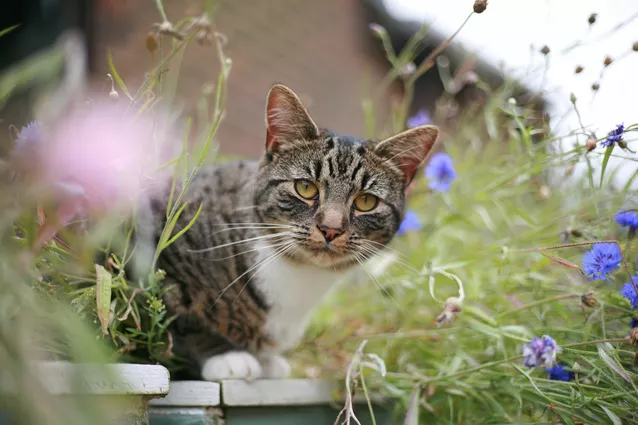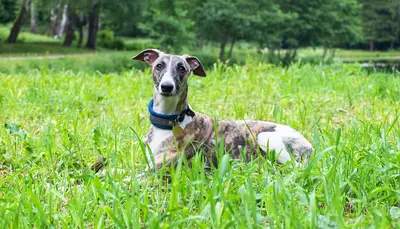Best Dog Breeds for Cats
- 21 Sep 2023
- 2m read

When it comes to blending our furry family members, selecting the right dog breed can make all the difference.
Some breeds naturally have a temperament that's more well-suited to living with cats. Here, we'll explore a few of these paw-sitively compatible breeds, as well as breeds that you should steer clear of.
Which Dog Breeds Are Good with Cats?
Some of the breeds best suited to a sharing a house with cats include:
Golden Retriever
Golden Retrievers are known for their gentle and friendly nature. They often exhibit a calm demeanour and can be quite accepting of feline companions. Their affectionate disposition makes them great candidates for cat-loving households.
Labrador Retriever
Labradors, like their golden cousins, are known for their loving nature. They're often easygoing and adaptable, making them suitable for homes with cats. Their playful spirit can also keep your feline friend entertained.
Beagle
Beagles are friendly and sociable dogs. They tend to get along well with other pets, including cats. Their curious nature can lead to some amusing interactions with your feline companion.
Basset Hound
Basset Hounds are typically laid-back and easy to get along with. Their calm demeanour can help create a peaceful environment for your cat, promoting a smoother transition.
Cavalier King Charles Spaniel
These small and affectionate dogs are known for their friendly and gentle nature. They often enjoy the company of other animals, including cats. Their size and temperament make them well-suited for multi-pet households.
Which Dog Breeds Are Bad with Cats?
While many dogs can coexist harmoniously with cats, some breeds have traits that might pose challenges when trying to create a cat-dog alliance. Here are a few breeds to consider carefully, or even avoid, if you have a resident feline that runs the house:
Terriers
Terriers, known for their strong prey drive, might not be the best choice for cat households. They have a natural instinct to chase small animals, which can lead to stress and tension in your home.
Huskies
Huskies have an independent and sometimes aloof temperament. They may not be as tolerant of a cat's presence and can be quite active, which might intimidate your feline friend.
Greyhounds
Greyhounds are known for their incredible speed and chasing instincts. These traits can make them less compatible with cats, as they may see your feline as prey.
How to Introduce a Dog and Cat
For more advice on how to successfully introduce a dog to a cat, visit our guide here.




